WHO WE SERVE
Aurora House offers long-term transitional housing for individuals who identify as women, including expectant mothers and women with young children, who have experienced human trafficking, gender-based violence, or other forms of exploitation in Canada.
Unlike emergency shelters or short-term safe houses, Aurora House provides a stable and supportive home for residents as they move beyond crisis and begin rebuilding their lives. Our model bridges the gap between immediate crisis care and independent living, offering time, space, and individualized support for healing and planning the next stage of life.
The home consists of two renovated multi-level units designed to provide flexible accommodations that meet the diverse and changing needs of survivors. Each resident’s journey is unique, and our goal is to offer safe, responsive, and empowering support along the way.
For the safety and privacy of our residents, the location of Aurora House is kept confidential. We believe strongly in protecting the physical and emotional security of those we serve.
WHAT IS HUMAN TRAFFICKING?
Human trafficking is the exploitation of individuals through force, fraud, or coercion, often for sexual exploitation or forced labour. While it can involve crossing international borders, trafficking can and does happen entirely within Canada. Victims are frequently manipulated or threatened into situations where they cannot leave, regardless of physical movement.
According to the Government of Canada and Public Safety Canada, human trafficking involves the recruitment, transportation, and control of victims for the purpose of exploitation. It is one of the fastest-growing criminal enterprises worldwide, with profits estimated at over $31 billion annually. In Canada, traffickers often target vulnerable individuals, including women, youth, Indigenous people, and newcomers.
Human trafficking is a grave violation of human rights. The United Nations Trafficking Protocol (Palermo Protocol), which came into force in December 2003, is the first international, legally binding agreement to combat human trafficking. Canada is a signatory to this protocol and continues to develop policies and programs to prevent trafficking, support survivors, and prosecute traffickers.
Ending human trafficking requires awareness, advocacy, and action. Together, we can work toward a future free from exploitation.
WHAT IS GENDER-BASED VIOLENCE?
Gender-based violence (GBV) is a widespread and deeply rooted issue in Canada, affecting individuals of all genders but disproportionately impacting women, girls, and gender-diverse people. It includes physical, sexual, emotional, psychological, and financial abuse, as well as coercion and control in both private and public spaces. GBV can occur in intimate relationships, workplaces, schools, and online, and it remains one of the most persistent violations of human rights.
In Canada, the rates of gender-based violence are alarming. Nearly half of all women have experienced some form of intimate partner violence in their lifetime, and women are five times more likely than men to be sexually assaulted. In 2022 alone, 184 women and girls were killed by violence, a number that continues to rise. Workplace harassment and digital abuse are also growing concerns, with six in ten young women reporting experiences of harassment at work. Indigenous women, racialized women, women with disabilities, and members of the 2SLGBTQ+ community face an even greater risk of violence, often with limited access to justice and support.
In July 2023, Toronto Mayor Olivia Chow and City Council formally declared gender-based violence and intimate partner violence an epidemic, a critical step in recognizing the crisis and pushing for systemic change. This declaration highlights the urgent need for action at all levels—government, community, and individual—to prevent violence, support survivors, and hold perpetrators accountable. Ending gender-based violence requires more than awareness; it demands investment in safe housing, crisis intervention, education, legal protections, and a cultural shift that refuses to tolerate abuse in any form.
Gender-based violence is not inevitable—it is preventable. Through collective action, advocacy, and unwavering commitment to justice and equality, we can build a future where everyone has the right to live free from fear and harm.


